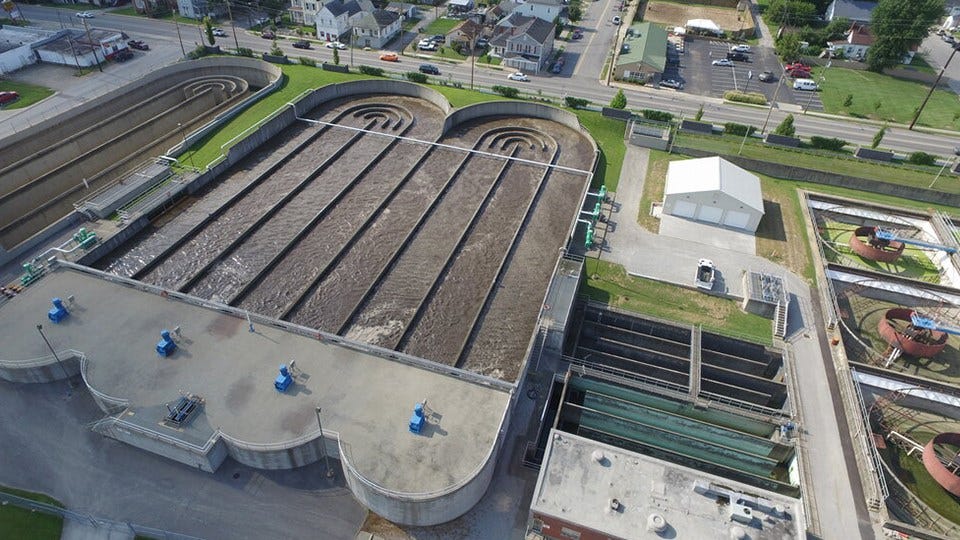New Albany Sewer Ban Lifted After 30 Years
 (photo courtesy of the city of New Albany)
(photo courtesy of the city of New Albany)
Subscriber Benefit
As a subscriber you can listen to articles at work, in the car, or while you work out. Subscribe NowA decades-old sewer ban imposed on the city of New Albany has been lifted. The Indiana Department of Environmental Management says the decision is based on $40 million in wastewater and stormwater improvements made in the city over the last 10 years.
IDEM imposed the sewer ban on the city in 1991. The city says bans are typically imposed when a wastewater treatment plant collects more waste than it can efficiently process. When a sewer ban is in place, new sewer lines cannot be connected to a wastewater treatment plant.
“This essentially halts new development of homes, businesses, and more. Restrictions like this can have a wide range of impacts on a city, from economic, to development, financial, and even environmental,” the city said in a news release.
Prior to the beginning of improvements, the city says it had nearly 200 areas where wastewater would overflow, discharging 15 million gallons of sewage into yards, streams and rivers during large rain events.
“We made great strides in making the environment in the Ohio River Valley much healthier by investing in our Wastewater Treatment Facility and by removing waste from our local water stream,” said Mayor Jeff Gahan. “I want to thank the residents of New Albany for being patient, but now, our Wastewater Treatment Facility is a publicly owned and operated facility that every resident in New Albany can be proud of. Our work is not over, but we have hit a huge environmental, economic, and health milestone for the City of New Albany. Many of our peer cities are just now beginning to feel the pressure from residents and the EPA who now demand cleaner water and improved sewers.”
The city adds a federal judge has dismissed a consent decree from the U.S. Environmental Protection Agency.
